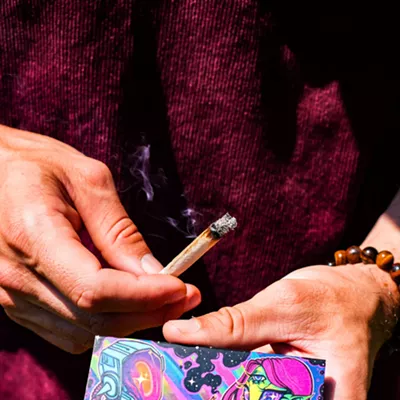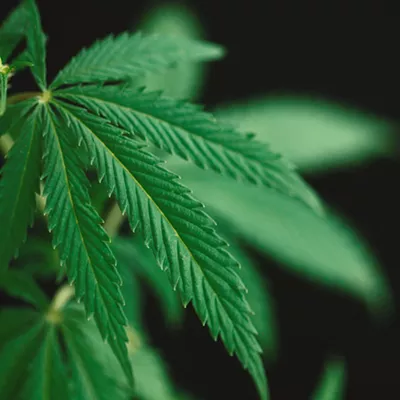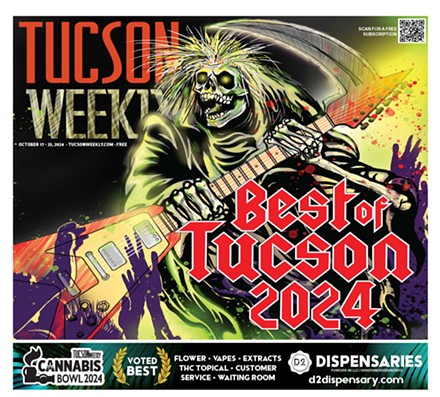While there are technically six major cannabinoids, not all are collectively understood, or even paid attention to. Let’s take a look at them.
Cannabichromene, or CBC, is one of those cannabinoids, an underdog that could hold the key to pain relief, inflammation and even an overall feeling of bliss. While most stoner gusto places an emphasis on THC, likely because that’s the cannabinoid that actually gets you high, other non-psychoactive cannabinoids are more important than one might realize.
Most cannabis experts will tell you that this is because of the entourage theory, the idea that cannabinoids and terpenes work harmoniously when consumed together, as opposed to on their own. Cannabinoids interact with the body’s endocannabinoid system, the biological system that helps regulate cognitive and emotional functions in the central nervous system.
As with THC and CBD, CBC forms from cannabidiolic acid, or CBGA. Through light exposure and heat, CBGA converts to CBC, a non-psychoactive cannabinoid that, according to research, may be connected to stimulating happiness.
The reasoning behind this is linked to anademide, a relatively obscure brain chemical that takes its name from the Sanskrit word ananda; which translates to bliss and joy, respectively. And the name is fitting, as anademide is known for producing feelings of happiness and pleasure, before being broken down by the enzyme fatty acid amide hydrolase, or FAAH.
A 2016 global DNA published by Springer Science and Business Media found “that the citizens of nations that rate themselves happiest display a specific genetic feature: their DNA is more likely to contain a specific allele involved in sensory pleasure and pain reduction.”
That specific allele is no other than anademide. While the study notes that external factors, specifically climate, may also play a role in how happiness is perceived, the differences in production of amandine are substantial; stating that “we cannot fail to notice the high occurrence of the A allele in equatorial and tropical environments in the Americas and Africa and the lower occurrence of that allele around the Mediterranean Sea than in Northern Europe. It seems that some equatorial and tropical environments select for a higher occurrence of the A allele as a counterbalance to environmental stressors.”
But back to CBC. When consumed, CBC triggers the transient receptor potential channels that are connected to dopamine, perception of pain and anandamide. Similarly, a 2010 study deemed CBC and CBD as having the strongest anti-depressant effect when compared to other cannabinoids like CBN, CBG and THC. In today’s modern cannabis landscape, CBC is typically sold in edible form, either by itself or ratioed with another cannabinoid like CBD and THC. If the entourage effect tells us anything, it’s that two cannabinoids are better than one.
While science is ever-evolving, there’s no doubt that CBC’s potential link to triggering feelings of bliss and euphoria could provide a treasure-trove of cognitive benefits.










